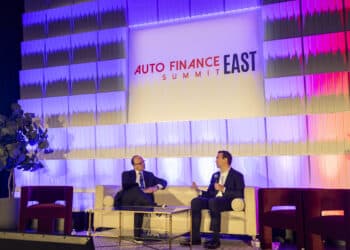Small OEMs Unlikely to Follow FCA’s Lead to Form Captive, Chase Exec Says

It would be “surprising” if smaller OEMs looked to form captive finance arms in the wake of Fiat Chrysler Automobile’s announcement to do so last month, said Jagdeep Dayal, senior vice president and business head of captive finance auto lending at JPMorgan Chase & Co.
FCA has managed to grow to the scale where it believes a captive finance arm would deliver $500 million to $700 million in pretax income for the company. However, manufacturers such as Jaguar Land Rover, Subaru, and Mazda — which use Chase Auto Finance as a private-label solution — have more limited resources.
“For the large OEMs, it could make sense economically depending on how they want to deploy their capital,” Dayal told Auto Finance News. “But the smaller you are, the harder it is to set up your own captive, and most of them don’t believe it’s an effective use of capital. You’re competing to put your capital against product development, capital investment, and I don’t think the small OEMs have capital like Ford [Motor Co.] to set up their own captive.”
Other manufacturer-bank partnerships include Volvo with Bank of America and Mitsubishi with Ally Financial Inc. The industry still remembers when FCA and General Motors had to drop their financial arms in the wake of the great recession, Dayal added.
“When OEMs have a captive, the cost of funding typically comes from their paper and the asset-backed securitization market,” he said. “A big bank like ours has material cost of funding advantages over their economics. It becomes more stark when you enter a recession, because ABS prices skyrocket and [Chase] is not dependant on ABS for funding.”










